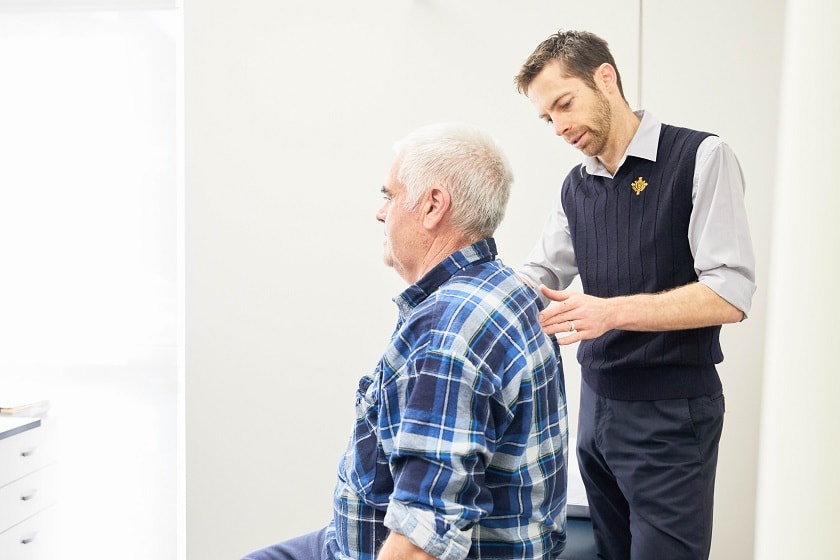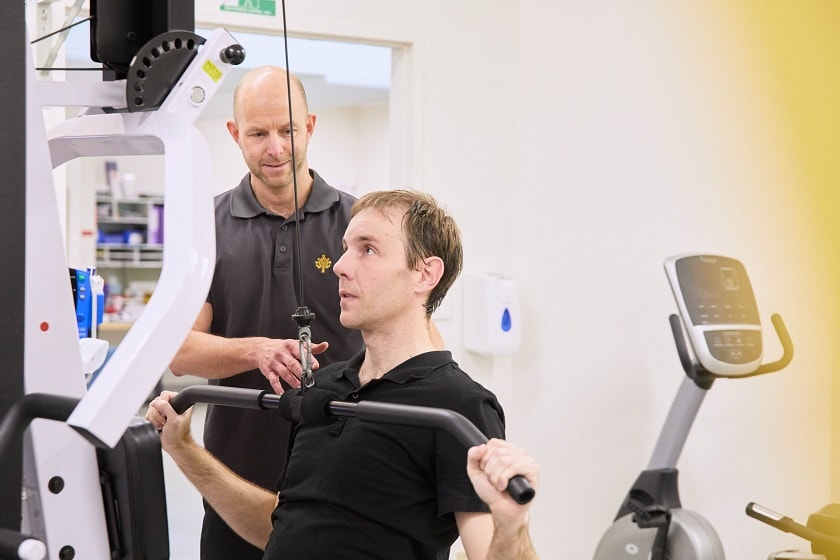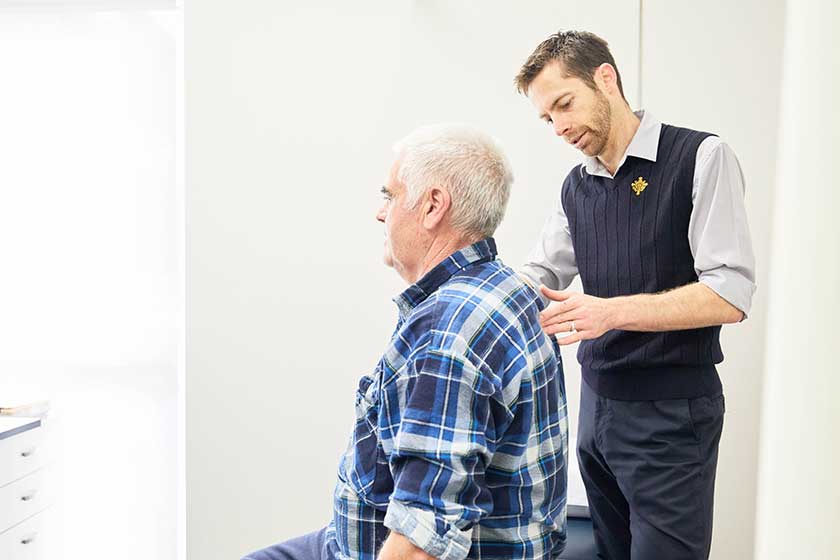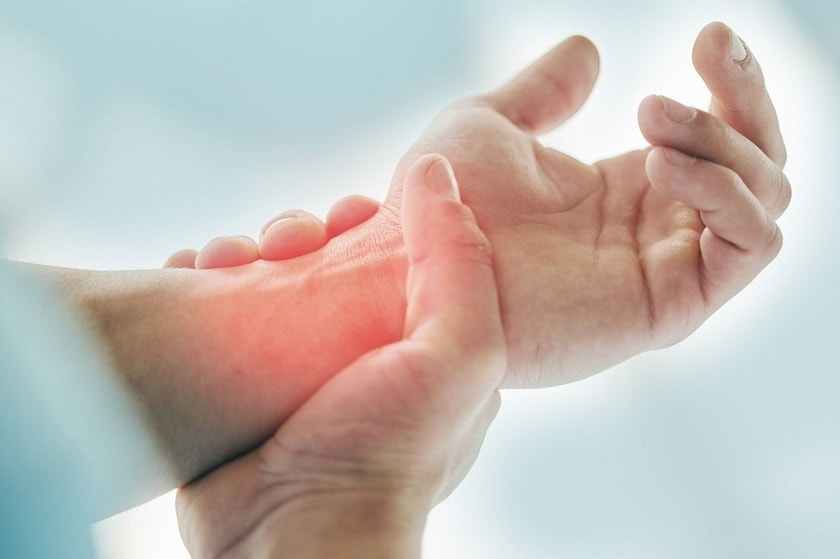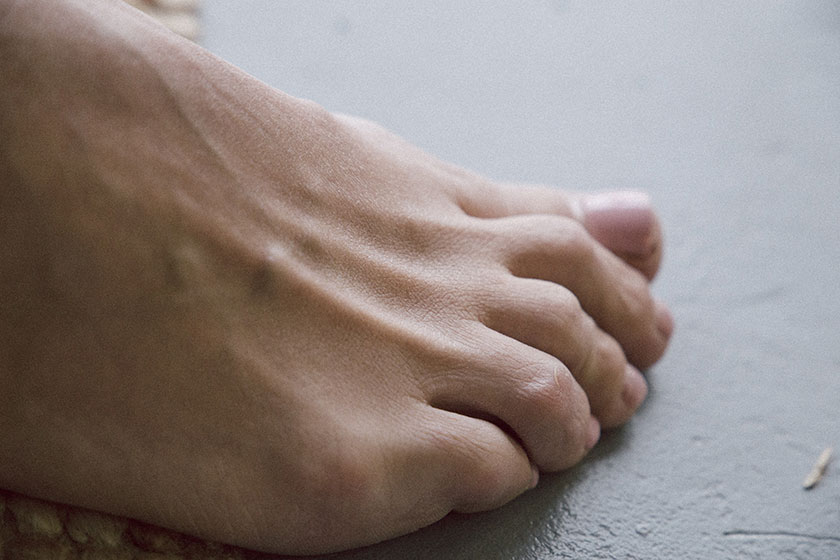Lumbar disc prolapse
Also referred to as a herniated disc this is a condition that occurs when a patient experiences an issue with the disc that is located between all the bones in their spine.
A spinal disc has a soft centre and this can push through its exterior casing, causing pain as it pushes on the spinal cord or spinal nerves.
While some people may not experience any symptoms when this has occurred, for others the pain can be chronic and require surgery to address.
Cervical disc prolapse
Sometimes referred to as a cervical disc herniation this is similar to a lumbar disc prolapse but limited to the neck area.
Patients with this condition will likely experience neck pain and pain, numbness or tingling that radiates down the shoulder, arm and hand.
Both the lumbar and cervical disc prolapse may be caused by wear and tear relating to age or in some instances trauma or an injury to the cervical spine.
Lumber degenerative spinal synosis
Occurs when the spaces between the spinal bones in the lower back reduce in size over time and this puts pressure on the nerves that run down the spine.
This condition generally occurs in people over the age of 60 and can cause pain or cramping in the back and legs. Patient also experience numbness, tingling or weakness in their feet or legs.
Generally, symptoms will worsen over time and this can reduce spinal function and general mobility.
Treatments
Treatment is always dependent on the severity of each case. In severe cases doctors may recommend surgery to create additional space for the spinal cord or nerves. If you are experiencing chronic back or neck pain speak to your General Practitioner (GP) in the first instance.

